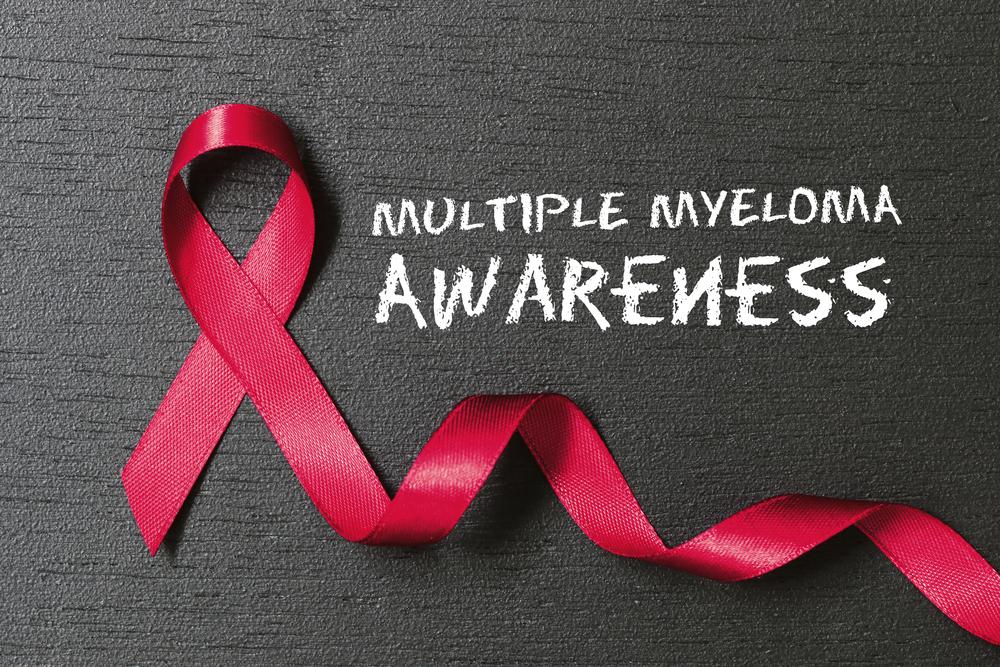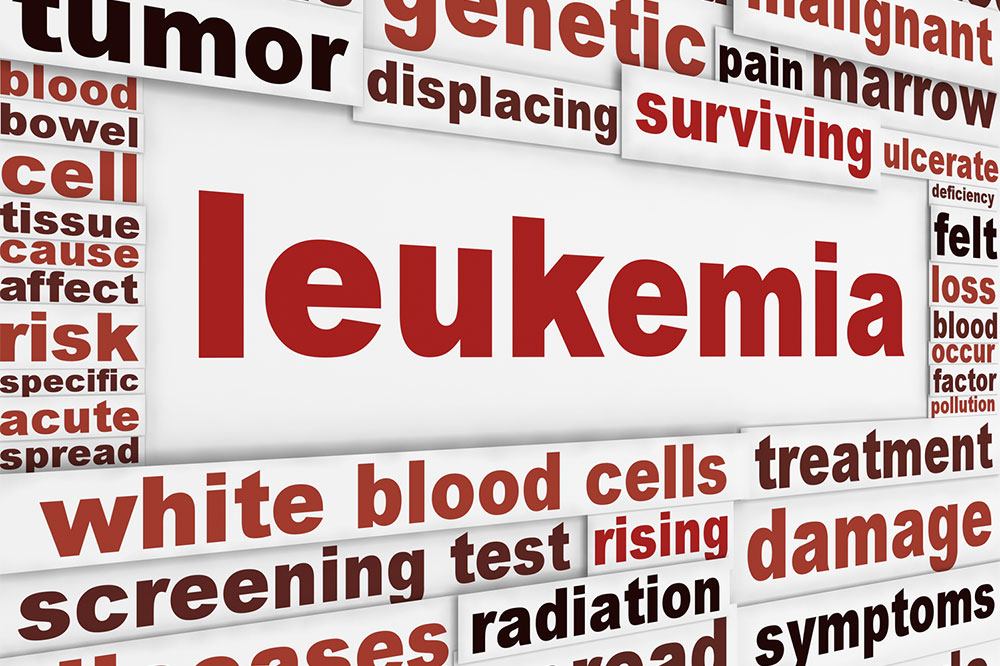Comprehensive Guide to Multiple Myeloma: Causes, Symptoms, and Treatment Strategies
This comprehensive guide explores multiple myeloma, delving into its causes, symptoms, diagnostic methods, and current treatment options. It emphasizes the importance of early detection, advances in targeted therapies, and future prospects such as immunotherapy. Understanding this complex blood cancer enables patients and caregivers to make informed decisions for better management and improved quality of life. Learn about risk factors, diagnostic procedures, treatment strategies, and ongoing research efforts dedicated to fighting multiple myeloma.

Comprehensive Guide to Multiple Myeloma: Causes, Symptoms, and Treatment Strategies
Multiple myeloma is a type of blood cancer that originates in the plasma cells within the bone marrow. These plasma cells are a vital component of the immune system, responsible for producing antibodies to fight infections. However, in multiple myeloma, these cells become malignant, proliferating abnormally and leading to a cascade of health issues. The abnormal plasma cells produce defective proteins that accumulate in the bone marrow and bloodstream, compromising immune function and causing widespread damage to bones and organs. Understanding the intricacies of multiple myeloma—its causes, symptoms, and available treatment options—is essential for early detection and effective management.
Despite significant advances in cancer research, the exact etiology of multiple myeloma remains elusive. Scientists believe a combination of genetic, environmental, and lifestyle factors contribute to its development. Age is a predominant factor, with most patients diagnosed after the age of 60. Men are more frequently affected than women, indicating a potential gender-related susceptibility. Obesity has also been identified as a risk factor, possibly due to the chronic inflammatory states associated with increased body fat. Exposure to certain environmental hazards, such as ionizing radiation and chemicals used in specific occupations like petroleum extraction or manufacturing industries, may elevate risk. A family history of plasma cell disorders or other hematological cancers can indicate a genetic predisposition, increasing personal vulnerability.
Symptoms of multiple myeloma develop gradually and can often be mistaken for less serious ailments, which makes early diagnosis challenging. Common symptoms include persistent bone pain, especially in the back, ribs, and hips, caused by osteolytic lesions and bone destruction. Patients might also experience frequent infections due to immune suppression, fatigue, weight loss, nausea, constipation, and increased thirst. In some cases, neurological symptoms such as numbness or tingling in the limbs occur if the disease affects nerve pathways. Psychiatric symptoms like confusion or memory issues may arise as the disease progresses or as a consequence of hypercalcemia. The progression of multiple myeloma can lead to anemia, increased bleeding tendencies, and kidney dysfunction, making comprehensive management necessary for improving quality of life.
Diagnostic Procedures and Staging
Diagnosing multiple myeloma involves a combination of blood tests, urine analysis, bone marrow biopsies, and imaging studies. Blood tests often reveal elevated levels of monoclonal proteins (M proteins), abnormal plasma cells, and signs of anemia or kidney impairment. The urine may contain Bence-Jones proteins, which are light chain proteins produced by malignant plasma cells. Bone marrow biopsies confirm the presence of abnormal plasma cell proliferation, and imaging modalities such as X-rays, MRI, and PET scans help identify bone lesions and assess disease extent. Staging of multiple myeloma, classified using systems like the International Staging System (ISS), helps determine treatment plans and prognoses by evaluating factors like serum albumin, beta-2 microglobulin levels, and the presence of genetic aberrations.
Current Treatment Approaches
While there is no cure for multiple myeloma, various treatment strategies aim to control symptoms, prevent complications, and prolong survival. The primary goal is to reduce the number of malignant plasma cells and manage their proliferation. Conventional therapies include chemotherapy, which uses powerful drugs to destroy rapidly dividing cells, often combined with corticosteroids like dexamethasone to reduce inflammation and immune suppression. Targeted drugs such as proteasome inhibitors (e.g., bortezomib) and immunomodulatory agents (e.g., lenalidomide) have revolutionized treatment outcomes. Additionally, radiation therapy can be employed to alleviate bone pain and treat localized lesions.
Bone marrow transplants, specifically autologous stem cell transplants, are considered for eligible patients and have shown to improve long-term survival. These procedures involve harvesting the patient’s healthy stem cells, administering high-dose chemotherapy to eradicate cancer cells, and then reinfusing the stem cells to restore normal blood cell production. Supportive care is vital in managing side effects and complications, including blood transfusions, antibiotics to combat infections, and bisphosphonates to strengthen bones and reduce fractures. Recent advances in personalized medicine are opening new pathways for targeted therapies and combination regimens that enhance efficacy and minimize adverse effects.
Emerging and Future Therapies
Research in multiple myeloma continues to evolve, with promising developments in immunotherapy and gene editing. Monoclonal antibodies such as daratumumab and elotuzumab have shown significant activity against malignant plasma cells by engaging the immune system. CAR-T cell therapy, which modifies a patient’s T-cells to attack cancer cells, is an emerging frontier that offers hope for refractory or relapsed cases. Clinical trials are exploring the role of vaccines, bispecific antibodies, and novel agents targeting specific genetic mutations responsible for disease progression. The goal is to develop more effective, less toxic treatments that can either cure or significantly extend the lives of patients living with this complex cancer.
Prognosis and Quality of Life
The prognosis for multiple myeloma varies based on factors like stage at diagnosis, age, overall health, and response to therapy. Advances in treatment have markedly improved survival rates, with some patients achieving remission for several years. However, the disease often remains incurable, requiring lifelong management. Supportive care focusing on maintaining bone health, preventing infections, and managing symptoms is crucial for enhancing quality of life. Patients are encouraged to adopt healthy lifestyles, including proper nutrition, regular exercise, and avoiding exposure to known environmental risks. Multidisciplinary care teams typically coordinate treatment plans tailored to individual needs, incorporating medical, psychological, and social support services.
Understanding and Managing Multiple Myeloma
Awareness and early detection are essential in managing multiple myeloma effectively. Regular check-ups and blood screenings can help identify the disease before symptoms become severe. For high-risk individuals, genetic counseling and monitoring may be recommended. Patients diagnosed with multiple myeloma should work closely with a team of healthcare professionals specializing in hematological cancers to develop personalized treatment strategies. Lifestyle modifications, supportive therapies, and emerging medical innovations continue to improve outcomes for those battling this challenging disease.





